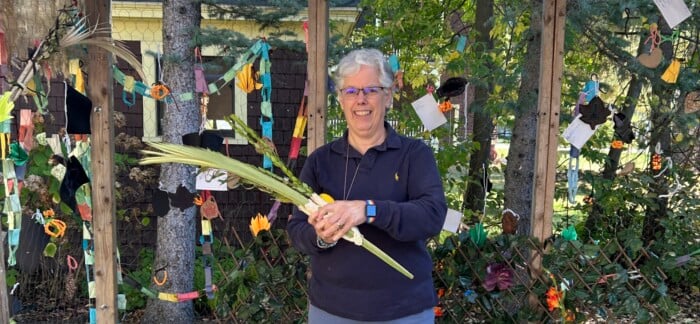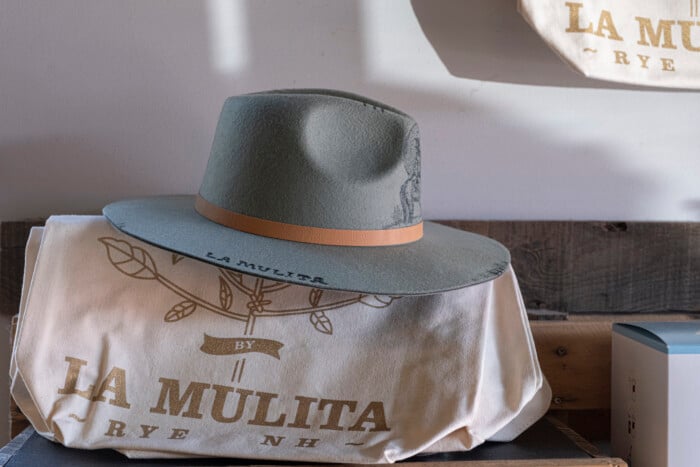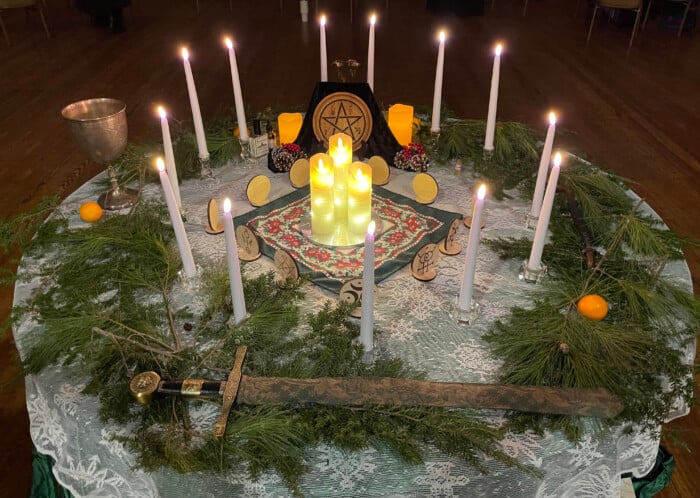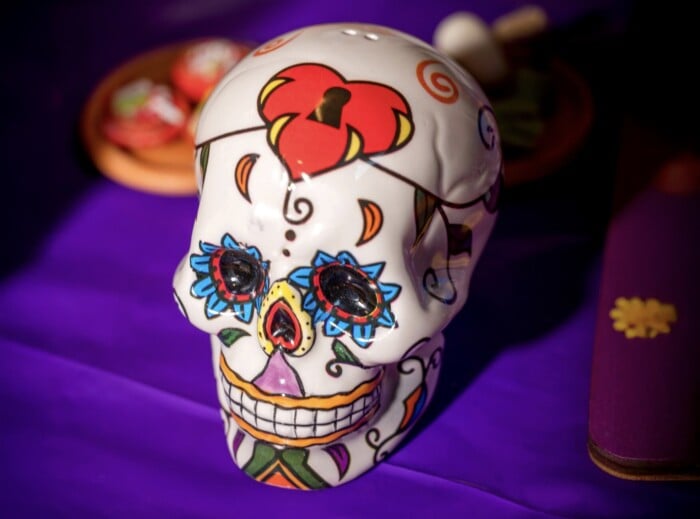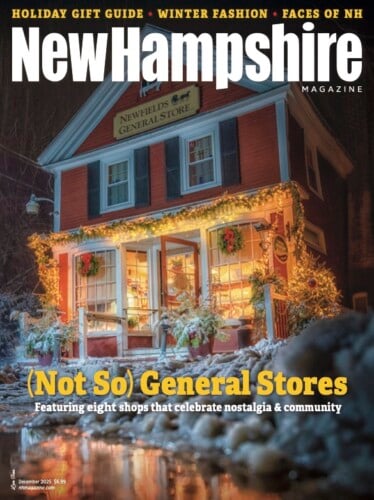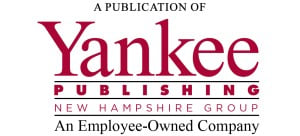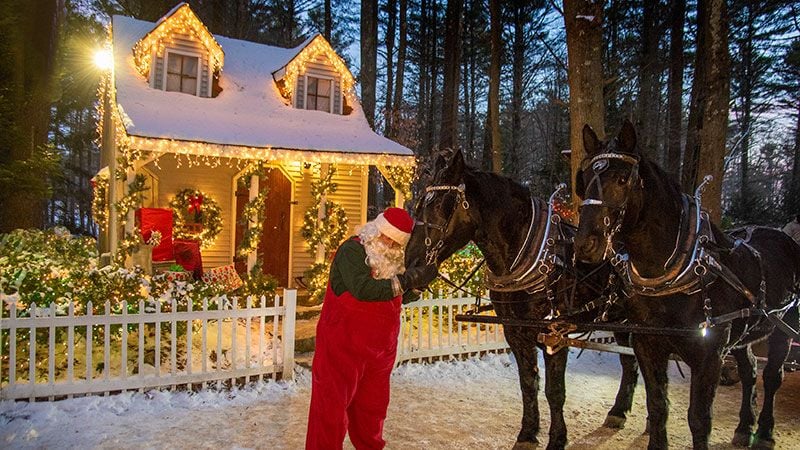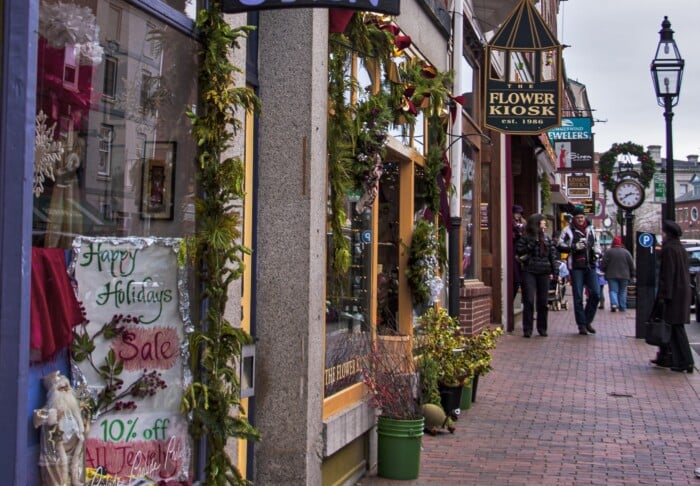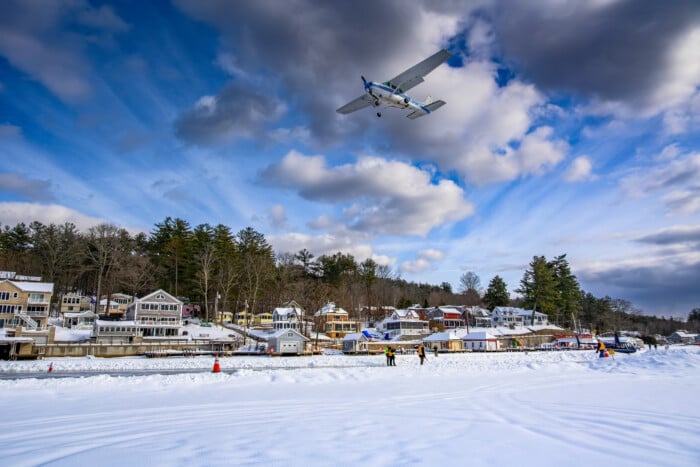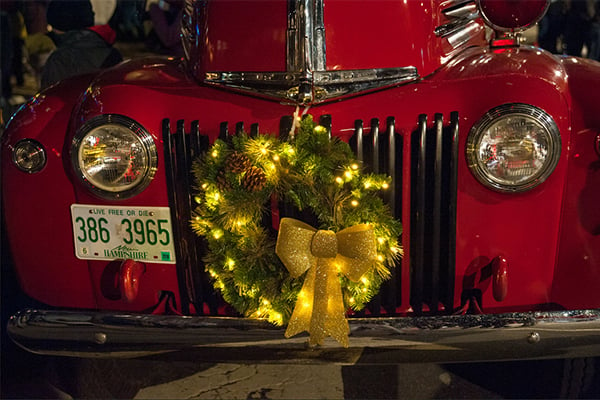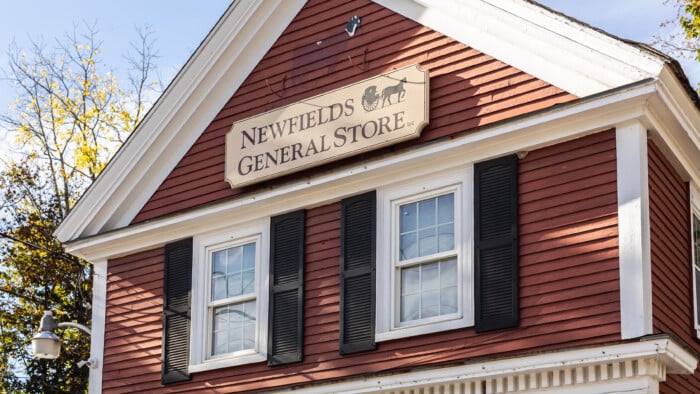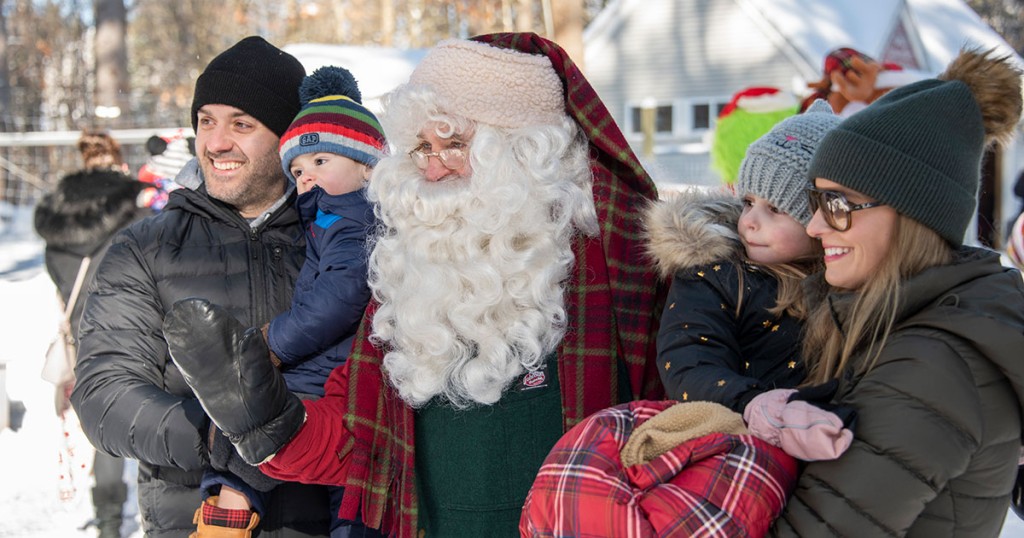An Amalgamation of Celebrations
 As a Puerto Rican American and first-generation immigrant to the mainland, the celebration of the Christmas holidays can be answered with two words: cultural amalgamation. While we are proud Americans, we are also deeply Puerto Rican and tied to the broader Latino and Spanish cultures with their diverse traditions. The fact that all Puerto Ricans have American citizenship and come and go freely between the island and the mainland allows us to traverse very different cultures with Christian traditions that bind us and allow us to find common ground with mainland Americans who are culturally different from us.
As a Puerto Rican American and first-generation immigrant to the mainland, the celebration of the Christmas holidays can be answered with two words: cultural amalgamation. While we are proud Americans, we are also deeply Puerto Rican and tied to the broader Latino and Spanish cultures with their diverse traditions. The fact that all Puerto Ricans have American citizenship and come and go freely between the island and the mainland allows us to traverse very different cultures with Christian traditions that bind us and allow us to find common ground with mainland Americans who are culturally different from us.
First and foremost, we are a Latino people with deep respect for Latin American and Spanish traditions. Spain, Cuba, Africa, Venezuela, Mexico and other Latin nations have influenced our music, our food, our religious devotion and our ways of expression. We also can’t forget the many African cultures and native Tainos who have contributed immensely to who we are as a people and our cultural traditions. We are also happy people with lively expressions and love for life and family. That means we love to party, and we love to eat.
Being cross-cultural means that we begin our entry into the holiday season not on Christmas Eve but on Thanksgiving. Think of it as an excuse to celebrate and party from the last week in November to the end of the first week in January, when we celebrate Three Kings Day. That’s six weeks of ongoing celebrations, family gatherings, music, dancing and food. Many of us begin with Thanksgiving, because we are familiar with this holiday. We may not know the history or its significance, but we can appreciate the idea of families coming together, being with each other and giving thanks. It is something that resonates with our core as Latinos. But the real highlight of our celebrations happen as we prepare for Christmas Eve and Christmas Day. Those are followed by saying goodbye to the old year and welcoming the New Year. Finally, on Jan. 6, we culminate the celebrations with the coming of the Wise Men to meet baby Jesus, where they present him with gifts.
There is one tradition that is very Puerto Rican and very special. It is about celebrating who we are as a people, our bonds, our culture and our communities. That is the Paranda. It is so special that I think everyone needs to adopt/adapt this tradition. Believe me, all our communities would be better for it. Basically, we invite friends, family, neighbors and strangers into our homes to listen to music, usually playing traditional
Puerto Rican music on a Spanish (acoustic)
guitar, cuatro (10-string guitar), guiro (gourd), pandereta (tambourine), and percussion instruments such as tamboriles (small drums), conga drums and palitos (wooden sticks). These celebrations can go on all night and go from house-to-house or town-to-town where there may be a long trail of cars following each other through mountain towns to the next destination. Because parandas can go on for one night or several nights, the host is obliged to ensure that the visitors are welcomed and fed.
The list of foods is long and diverse, but here are a few delicacies that we celebrate with. From a young age, I remember staying up late helping my mother and grandmother prepare pasteles. These would be shared with the whole extended family and given to friends and acquaintances. These are made in a variety of ways depending on the region, but usually include a masa (dough) of green bananas, plantain, yuca, yautia and pumpkin, which is then filled with stewed pork and wrapped in banana leaves and parchment paper and boiled. We also eat rice and gandules (pigeon peas), pernil (roast pork), lechon asado (suckling pig slow roasted on a spit) and gallina vieja, a soup of older chickens which provides a more flavorful broth, and morcilla (blood sausage and rice). For dessert, we will enjoy Arroz con dulce (coconut rice pudding) and tembleque (coconut custard). Of course, we can’t forget the coquito, Puerto Rico’s holiday drink made with coconut milk, condensed milk and rum. The parranda is something that is traditionally celebrated in Puerto Rico but many now celebrate it across the United States, where there are significant populations of Puerto Ricans.
Finally, we can’t leave out the role religion plays in our holiday celebrations. Many families will attend the Misa de Aguinaldos, which are special pre-dawn Masses over a period of nine days leading up to Christmas. On Christmas Eve, they attend the midnight Misa de Gallo (Mass of the Rooster). The festivities culminate with the arrival of the Three Kings. I remember putting a shoe box full of hay under my bed to find that one of the Three Kings, like Santa, had left a gift in the box the next morning. In good years, if we were lucky, we would get a gift on Christmas Day and one for Three Kings Day.
Sometimes it pays to be bi-cultural.


